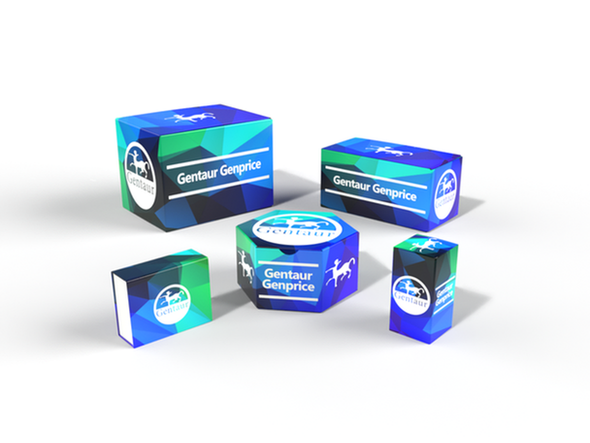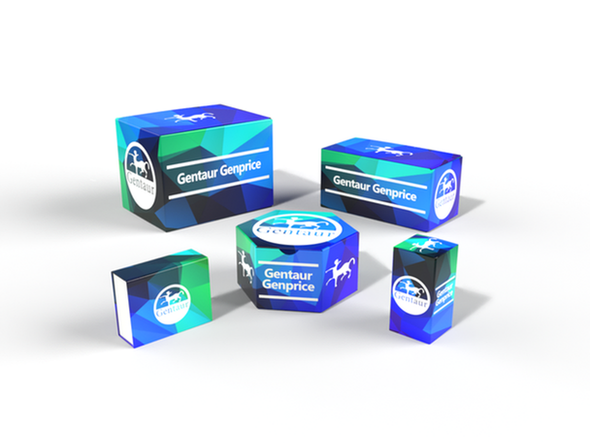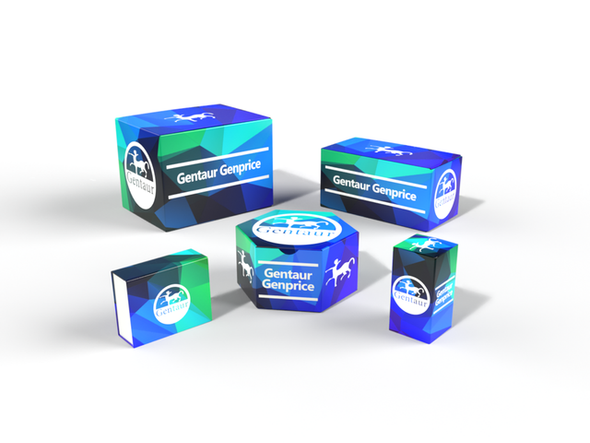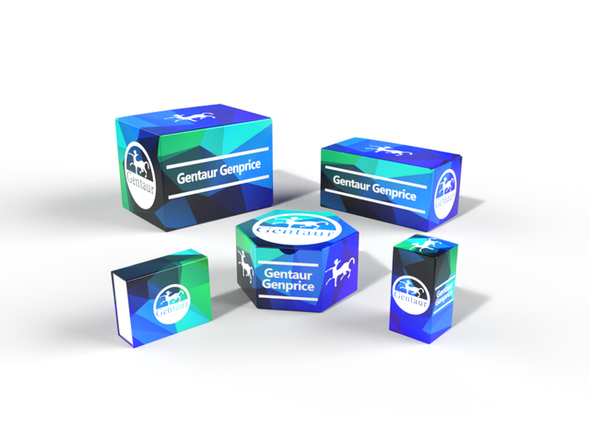Description
Aldh3A1 Antibody | 4787 | Gentaur UK, US & Europe Distribution
Host: Rabbit
Reactivity: Human, Mouse, Rat
Homology: N/A
Immunogen: Aldh3A1 antibody was raised against a 13 amino acid synthetic peptide near the carboxy terminus of the human Aldh3A1.
The immunogen is located within the last 50 amino acids of Aldh3A1.
Research Area: Homeostasis
Tested Application: E, WB
Application: Aldh3A1 antibody can be used for detection of Aldh3A1 by Western blot at 1 - 2 μg/mL.
Antibody validated: Western Blot in human samples. All other applications and species not yet tested.
Specificiy: At least two isoforms of Aldh3A1 are known to exist. This antibody is predicted to have no cross-reactivity to Aldh3A2.
Positive Control 1: Cat. No. 1319 - Human Stomach Tissue Lysate
Positive Control 2: N/A
Positive Control 3: N/A
Positive Control 4: N/A
Positive Control 5: N/A
Positive Control 6: N/A
Molecular Weight: N/A
Validation: N/A
Isoform: N/A
Purification: Aldh3A1 Antibody is affinity chromatography purified via peptide column.
Clonality: Polyclonal
Clone: N/A
Isotype: IgG
Conjugate: Unconjugated
Physical State: Liquid
Buffer: Aldh3A1 Antibody is supplied in PBS containing 0.02% sodium azide.
Concentration: 1 mg/mL
Storage Condition: Aldh3A1 antibody can be stored at 4˚C for three months and -20˚C, stable for up to one year. As with all antibodies care should be taken to avoid repeated freeze thaw cycles. Antibodies should not be exposed to prolonged high temperatures.
Alternate Name: Aldh3A1 Antibody: ALDH3, ALDHIII, ALDH3, Aldehyde dehydrogenase, dimeric NADP-preferring
User Note: Optimal dilutions for each application to be determined by the researcher.
BACKGROUND: Aldh3A1 Antibody: Aldh3A1 is a member of the aldehyde dehydrogenase superfamily, a group of NAD (P) (+) -dependent enzymes that catalyze the oxidation of a wide spectrum of aliphatic and aromatic aldehydes. Aldh3A1 is highly expressed in stomach and even more strongly in cornea, representing between 5 to 50% of the water soluble protein fraction in mammalian corneas. It is thought that Aldh3A1 acts to protect the cornea from UV-induced oxidative stress by not only detoxification of reactive aldehydes by also through the direct absorbtion of UV energy. However, corneas from Aldh3A1-null mice are indistinguishable from those from wild-type mice; mice lacking both Aldh3A1 and Aldh1A1 showed increased cataract formation following UVB exposure, suggesting that Aldh1A1 may be able to compensate for the loss of Aldh3A1.






